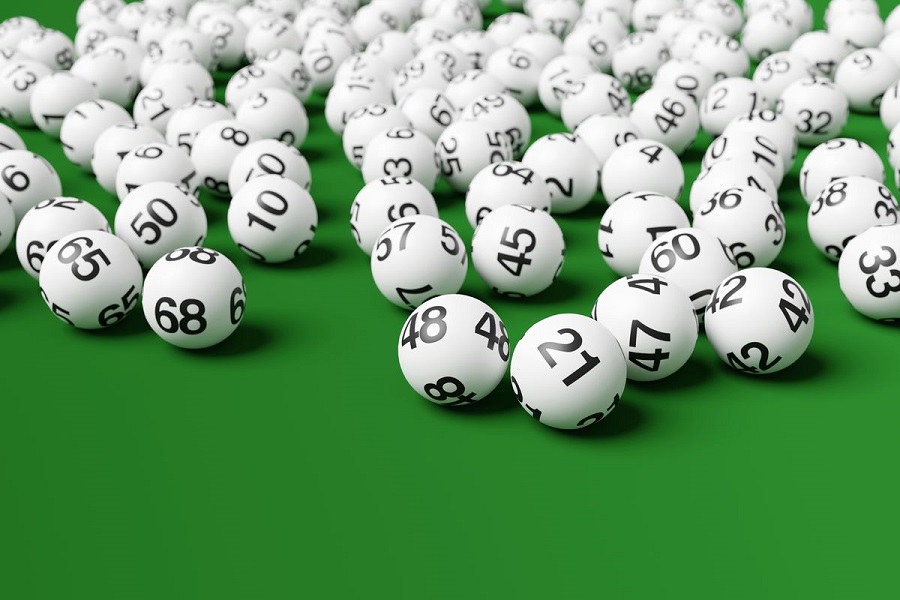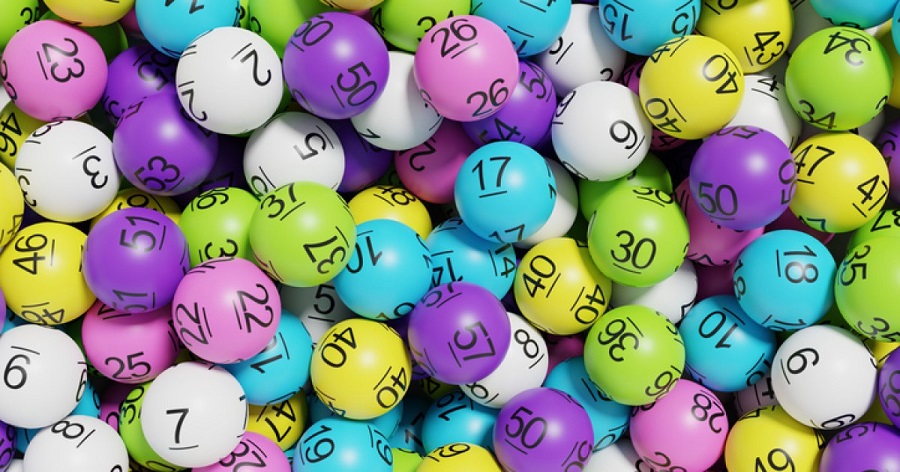The Intriguing Origin of Numbered Balls in Lotteries

The use of numbered balls in lotteries is a ubiquitous practice known around the world. It’s a symbol of chance, luck, and the exciting possibility of substantial winnings.
The Genesis of Numbered Balls
The concept of using balls as a means to determine outcomes dates back centuries. It originated from simple games of chance played in various ancient civilizations.
Each civilization modified and refined the method to suit their societal norms and preferences, leading to the diverse range of lottery systems we see today.
Numbered balls became a standard due to their practicality and the transparency they brought to games of chance, fostering trust among participants.
Evolution and Refinement
Over time, the simple method evolved into a more complex system, incorporating innovations to ensure fairness and randomness in the draw.
Enhancements in technology and the development of more sophisticated equipment have made the process more secure, minimizing the risk of manipulation and fraud.
Modern-Day Lottery Systems
- Transparent Containers: Modern draws use clear containers allowing viewers to see the mixing and drawing of the balls, assuring fairness.
- Weighted Balls: The balls are uniformly weighted to ensure each has an equal chance of being drawn.
- Randomness: The use of advanced algorithms and machines guarantees the unpredictability of the draw.

Symbolism and Impact
The symbolic aspect of numbered balls is significant. They are not just tools but represent dreams and aspirations of millions, seeking a stroke of luck to change their destinies.
The excitement and anticipation they create make them an integral part of the lottery experience, a universal symbol of chance and fortune.
Conclusion
The journey of numbered balls from ancient games of chance to modern-day lotteries is fascinating. They are a testament to human innovation in creating fair and exciting ways to tempt fate and fortune.
Their enduring appeal and the excitement they generate continue to captivate the imaginations of millions, holding the promise of life-changing luck.
